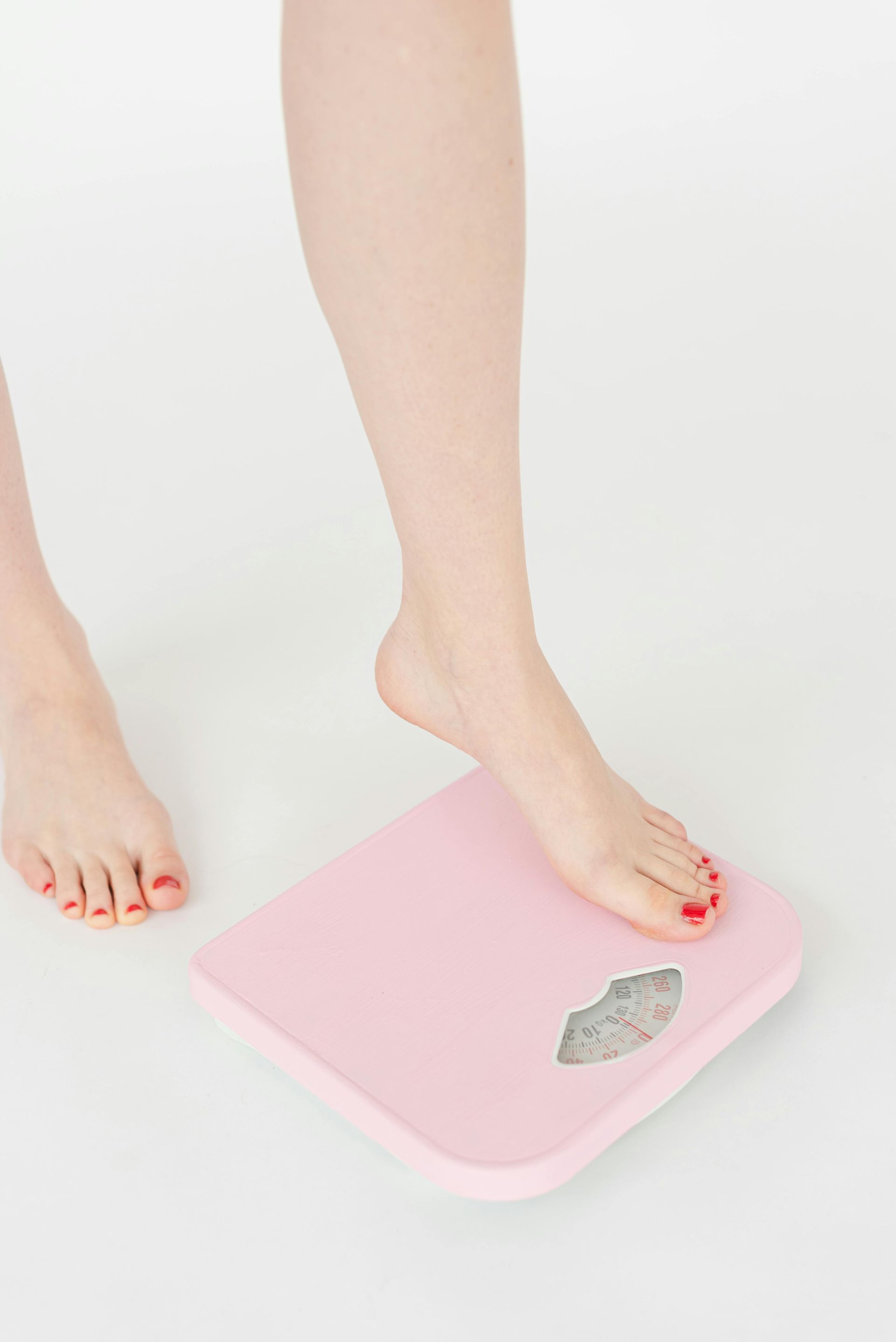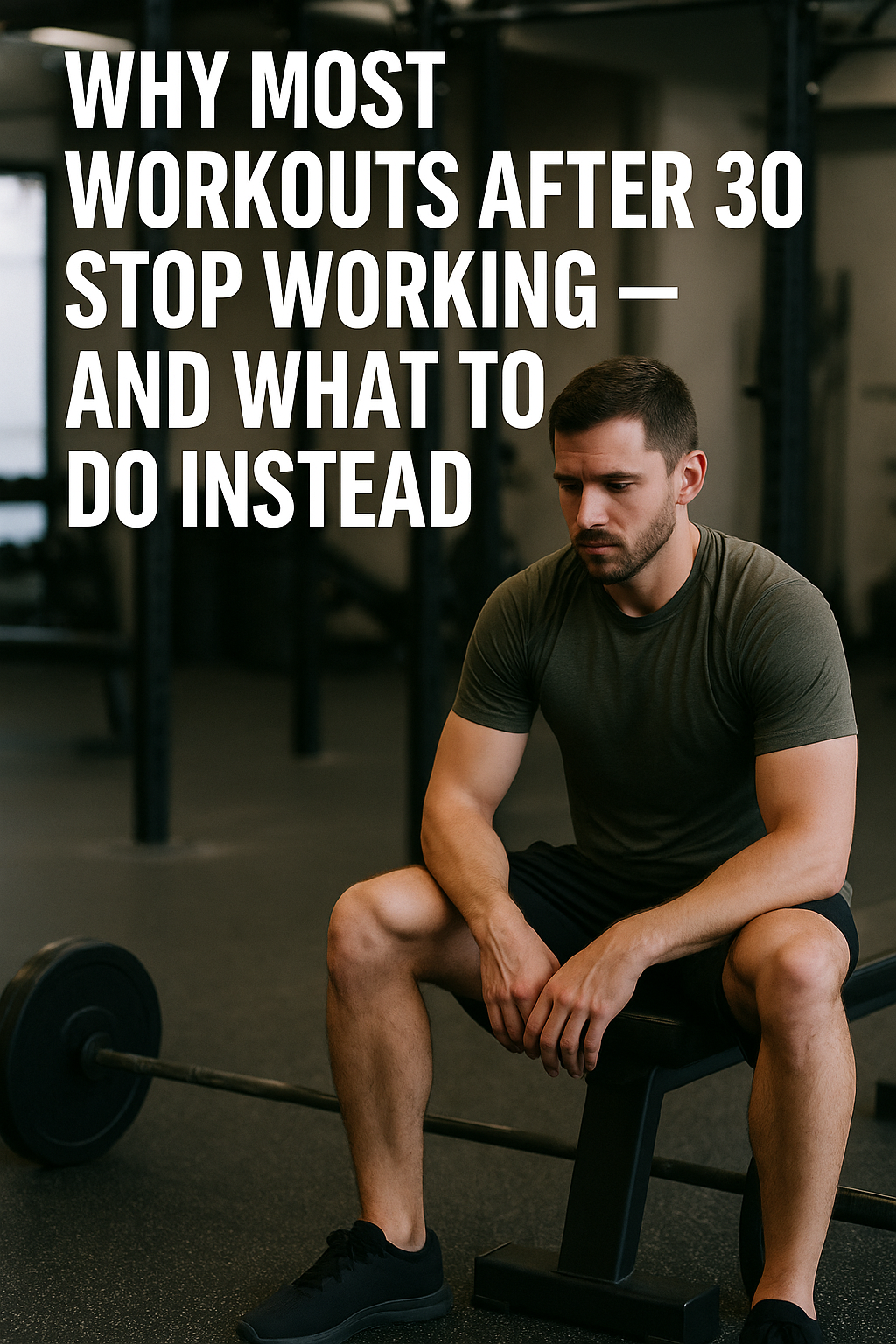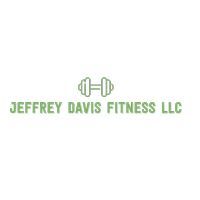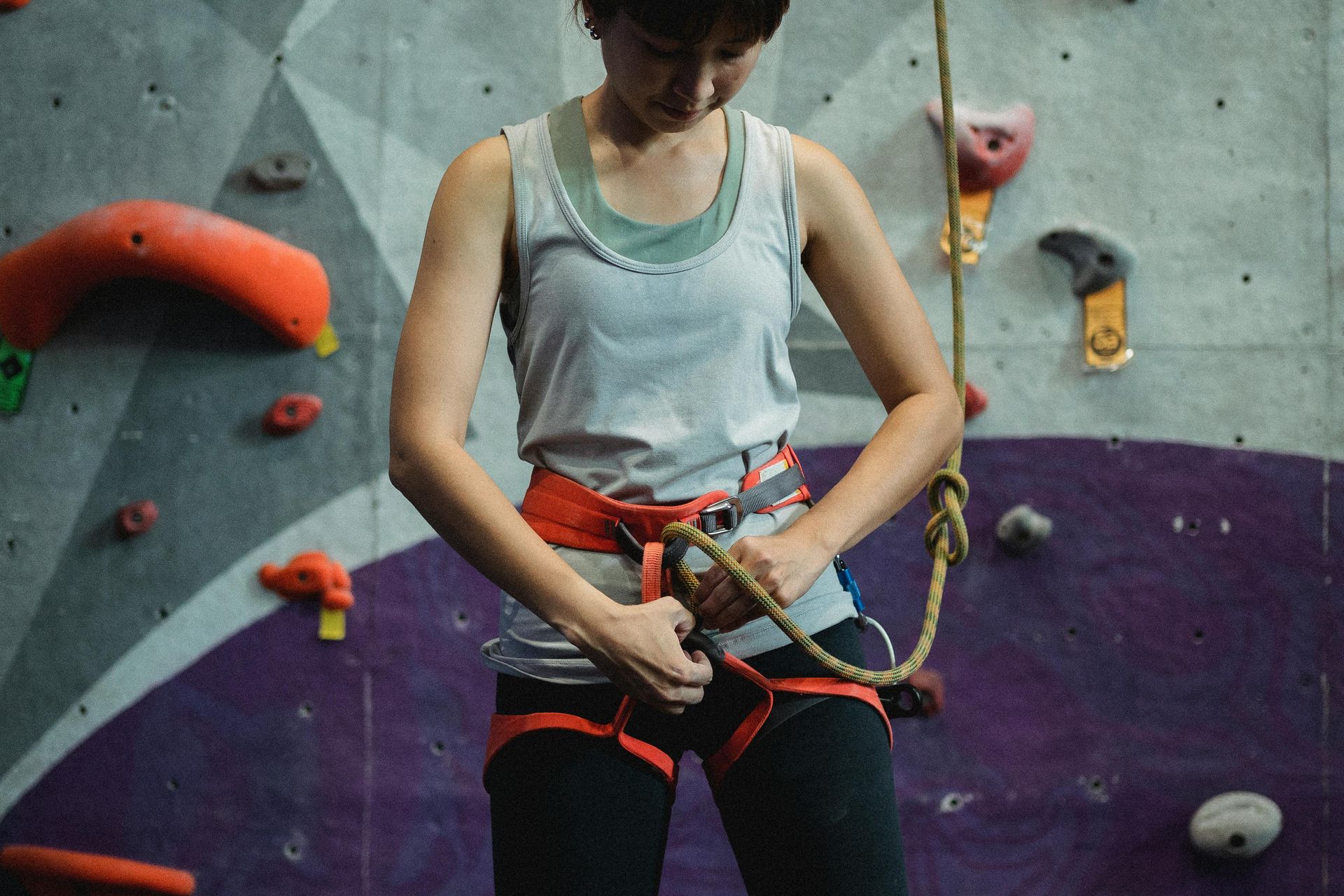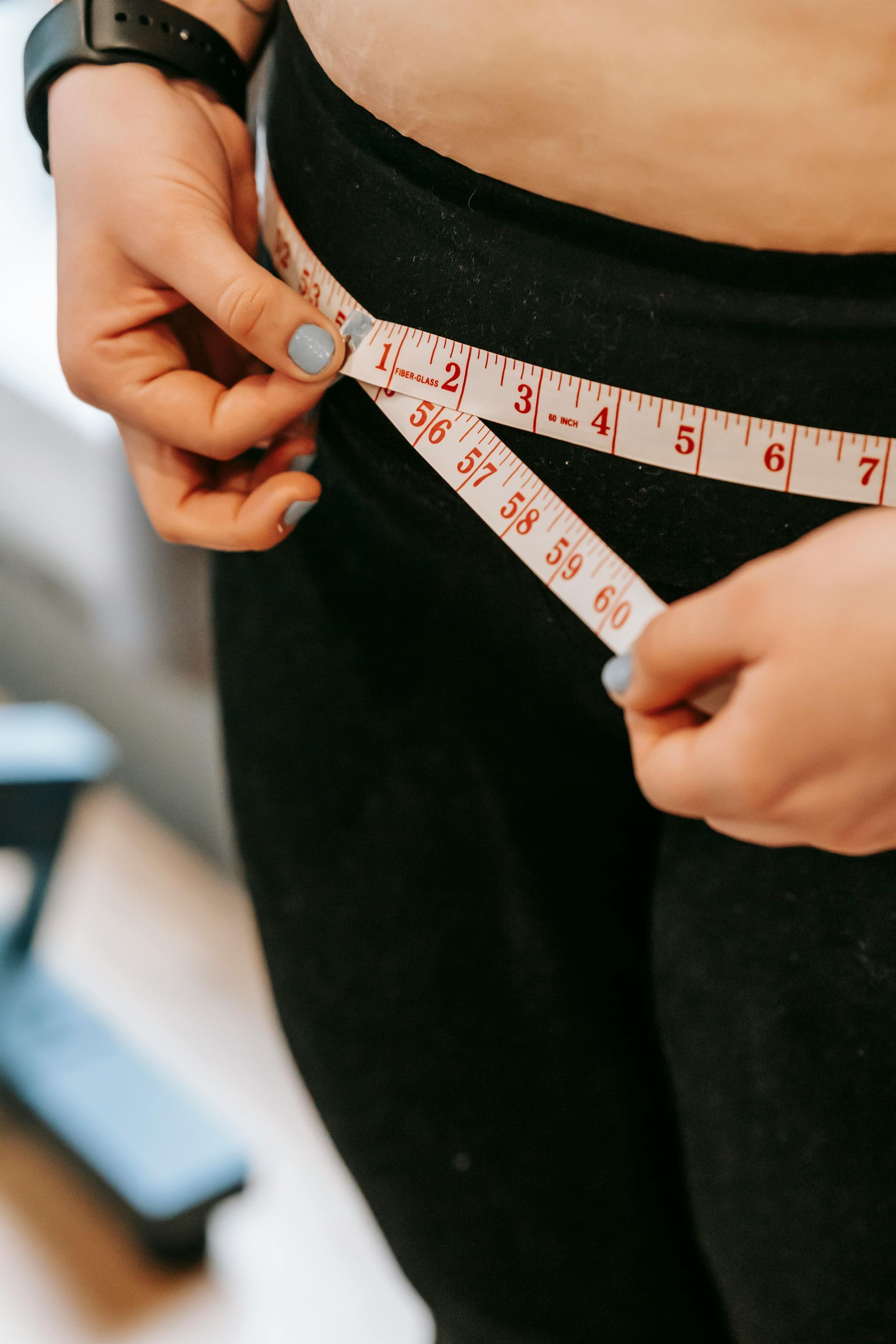3 Fat Loss Mistakes That Have Nothing to Do With Your Metabolism
Every week I hear it:
“My metabolism must be broken.”
“I’m eating healthy, but the scale won’t move.”
“I think my body just doesn’t burn fat anymore.”
Here’s the truth 99% of the time, it’s not your metabolism.
It’s these three fixable mistakes quietly slowing down your results.
1️⃣ Calories Are Sneaking In
You don’t need to count every crumb but awareness matters.
The “healthy” extras add up fast:
- The handful of nuts while cooking
- A splash of creamer here and there
- The weekend takeout you tell yourself you’ve “earned”
Those bites might not seem like much, but 200–300 hidden calories a day can erase a full week of progress.
👉 Fix it: Track your meals for just 3–5 days. You’ll find at least one easy win to clean up without cutting everything you love.
2️⃣ Protein Is Too Low
If you’re constantly hungry or losing strength, this is why.
Protein helps you feel full, maintain muscle, and keeps your metabolism stable while you lose fat.
Most adults need 0.8–1 gram per pound of bodyweight yet most get less than half of that.
👉 Fix it: Build each meal around a protein source. Eggs or Greek yogurt for breakfast, chicken or fish for lunch, and lean meat or tofu for dinner. Keep it simple and repeatable.
3️⃣ Activity Is Inconsistent
You don’t need to train like an athlete you just need to move consistently.
Many people crush workouts for a week, then sit 10 hours a day after.
Fat loss isn’t just about the gym; it’s about your overall daily movement.
👉 Fix it: Aim for 8,000–10,000 steps a day, 3–4 solid workouts a week, and proper sleep. You’ll burn more, recover better, and actually feel your energy come back.
The Bottom Line
Your metabolism isn’t broken.
It’s adaptive and it responds to your habits.
When you fix these three areas, fat loss stops feeling like a fight and starts becoming predictable.
💡 Remember: it’s not about eating less it’s about doing the right things more consistently.
Ready to Take the Guesswork Out of Fat Loss?
Grab your free 30FIT Jumpstart to learn how to train smarter, eat better, and finally build momentum that lasts.
👉 Get it here
